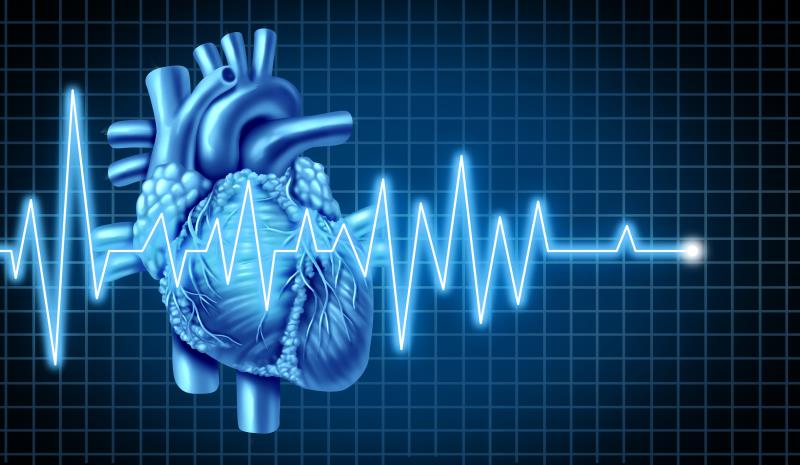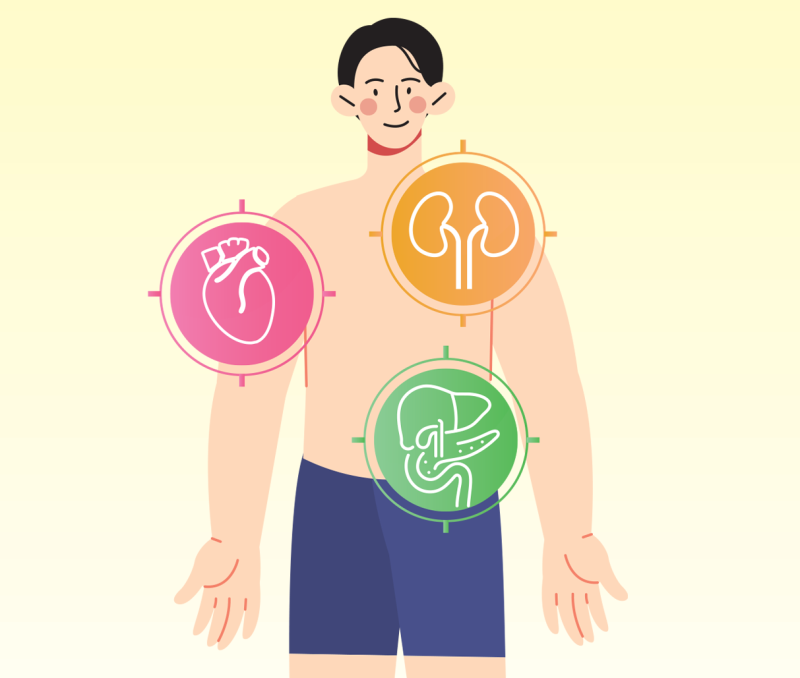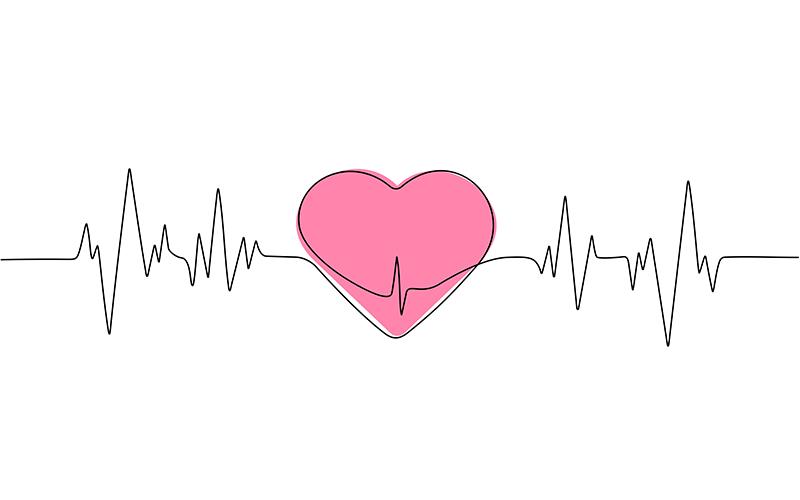Content on this page:
Content on this page:
Overview
Heart failure is a clinical syndrome that causes significant
morbidity and mortality and adversely impacts a person’s quality of life. It is
further defined in the Introduction
section.
Heart failure incidence increases with age with a higher
increase in females as compared to males. The incidence of heart failure
locally and regionally is featured in the Epidemiology
section.
The Pathophysiology section
further explains the mechanisms of the development of heart failure and its
effects. Characteristics of heart failure with preserved ejection fraction and
reduced ejection fraction are also in this section.
The Etiology section
enumerates the common causes of heart failure.
The types of heart failure and classification of chronic
heart failure based on duration since last admission are enumerated and
described in the Classification
section. The development stages of heart
failure as well as the functional capacity assessment can also be found in this
section.
History and Physical Examination
Patients with heart failure may present with signs and
symptoms depicting decreased exercise tolerance and fluid retention. The Clinical Presentation section describes
the presentation of these two conditions including symptoms due to other
conditions.
Predisposition to risk factors including family history is
an important point to be elicited from the patient and is discussed in the History section.
In the Physical
Examination section, specific
signs of heart failure are enumerated and assessment of volume status is
discussed.
Diagnosis
Laboratory Tests and
Ancillaries and Imaging
studies to be considered in all and select patients suspected of heart failure
are discussed in this section.
The Framingham diagnostic criteria for heart failure are in
the Diagnosis or Diagnostic Criteria
section.
Diseases that mimic heart failure should be
ruled out and these are enumerated in the Differential
Diagnosis section.
Management
Therapeutic strategies to manage patients with chronic heart
failure are discussed in the Principles of
Therapy section.
Drug options recommended for treating patients with chronic
heart failure such as angiotensin-converting enzyme (ACE) inhibitors,
angiotensin receptor blockers (ARBs), angiotensin receptor-neprilysin inhibitor
(ARNI), beta-blockers, mineralocorticoid receptor antagonists (MRAs) and
sodium-glucose linked transporter or co-transporter 2 (SGLT) inhibitors are
discussed in detail in the Pharmacological
Therapy section. Adjunctive therapy and treatment of comorbidity
discussions are also in this section.
Several non-drug options to consider that may aid in the
management of chronic heart failure which include patient education, lifestyle
modification, cardiac rehabilitation and interventional therapy are featured in
the Nonpharmacological
section.
Surgery (eg coronary revascularization, valvular surgery and
heart transplantation) that can be considered in select patients with chronic
heart failure is further elaborated in the Surgery
section.
The Prevention section
discusses the different ways to control risk and prevent cardiovascular events
in patients with high risk of chronic heart failure.
Regular follow-up even in patients with stable and
well-controlled symptoms is discussed in the Monitoring
section. The Prognosis section lists the conditions
associated with a poor outcome in patients with heart failure.












